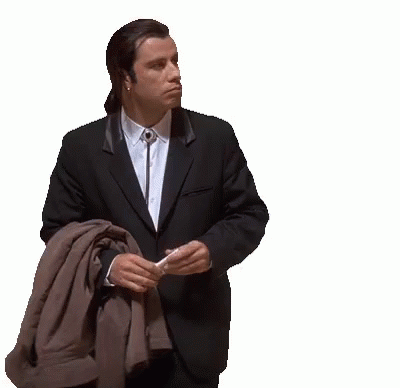What do you do for a living? A difficult question for anyone working as a routesetter. The most basic answer comes from the dictionary:
Route - a way or course taken in getting from a starting point to a destination.
Setter - a person or thing that puts, lays, or stands (someone or something) in a specified place or position.
From that we can work out that a routesetter puts up holds on a wall in a sequence to get to the top, but is that it? That works as a definition if your only goal is to get to the top but that isn’t really why people go climbing, if it was they could just bolt a ladder to the wall!

Holds on volumes: adding a new dimension
Have you ever come down from a route thinking “that was good” having enjoyed it but not known why? There’s more to it than just putting the holds on. A good route in my opinion needs to be made up of interesting components:
- • Complex sequences making the climber move into different body positions
- • Forced micro adjustments of your center of gravity
- • Precise dynamic moments
- • Consistency (this one is debatable but personally I don’t like to have a crux move indoors, though competition routes are an exception to this, getting harder as they go up)
- • Fun! This one is very subjective...can a hand jam or a sharp crimp ever be fun?
In general, most climbers won’t be able to explain why they enjoyed a route, they will just know that they did, which can make it difficult to get feedback, though people tend to be quite vocal if they think the grade is wrong…
Visiting different walls provides new canvases (walls) to drill on
I like to think of route setting as a form of choreography, forcing the climber to move in a particular way on the wall through interesting sequences. It could also be thought of as design, there’s always that one route at the wall that everyone wants to try purely because of how it looks.
It’s very hard to categorise routesetting, can you think of many other sports where the playing field changes every time? It combines so many different technical, physical, and artistic aspects which makes it difficult to pinpoint exactly what makes a good route or a good routesetter.
It's satisfying to look up at a route after (hopefully) a job well done!
Experience plays a massive part in routesetting, having a bank of moves and understanding what works and what doesn’t makes you faster and more efficient and like anything, the more you do it the better you get at it!
I started setting at my local wall in Bristol being taken under the wing of one of the setters. Personally I think this is the only way to become a route setter as you need the ongoing training and feedback to learn and improve. The route setting courses that are becoming more available nowadays can only teach you so much and have their limitations, would you employ a plumber who’s only done a one day workshop to learn their trade?


How do you feel about slopers in a problem?
A common question I get asked is “do you plan the routes before hand?” and again the answer is fairly complicated. Whilst I might have a move or two in my head that I'd like to incorporate, the moves are mostly dictated by the holds and the shape of the wall resulting in a lot of routes being made up on the fly! Doing too much planning before hand will only leave you disappointed when you can’t achieve what you wanted and it can be very difficult to visualise on the floor what something will be like on the wall.
Next time you go to the wall and enjoy a route, try to work out what specifically you liked about it and leave some feedback. Positive feedback is pretty rare as a routesetter, and it's always nice to hear that someone appreciated all the hard work you put in.
Find out more about Max here and follow him on Instagram
See our latest ethical looks here
____________________________________
Thanks for reading. We're 3RD ROCK. We design and manufacture sustainable climbing clothes & activewear that's made to move, and made to last. Using recycled ocean plastic, organic cotton, and upcycled materials, we're making items that help protect the very environments we depend on for our adventures.
We've even been awarded "Most Ethical Climbing Brand" by the Ethical Consumer trade body, beating out Black Diamond, Prana, and even Patagonia!
It's our way of saying "no" to fast fashion, "yes" to the protecting the climate, and "absolutely" to a life spent outdoors.
Nov 23, 2019





